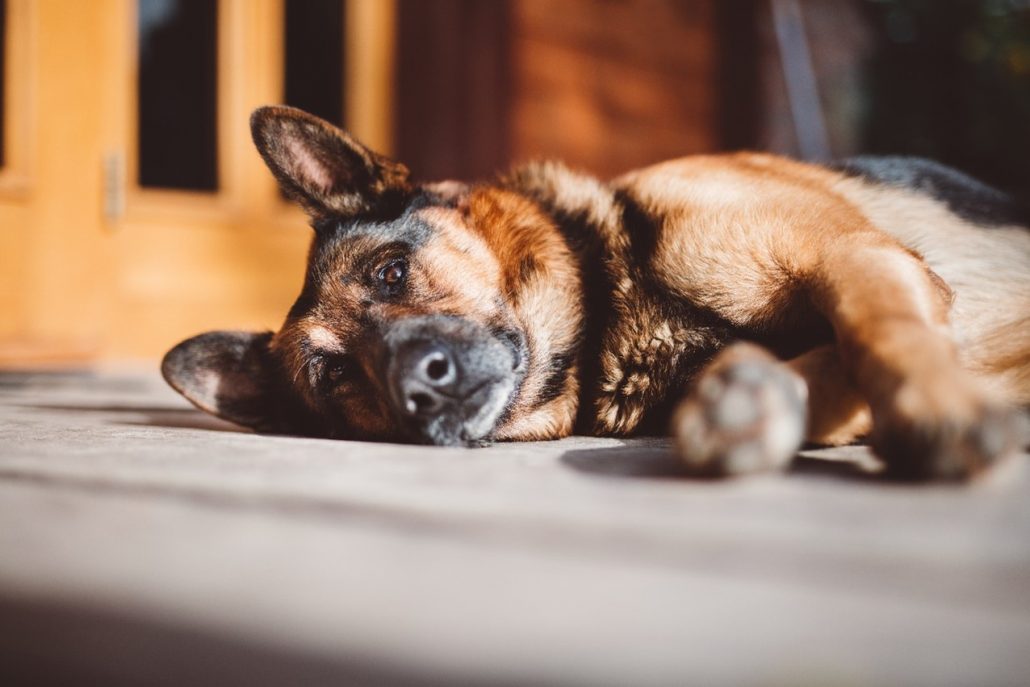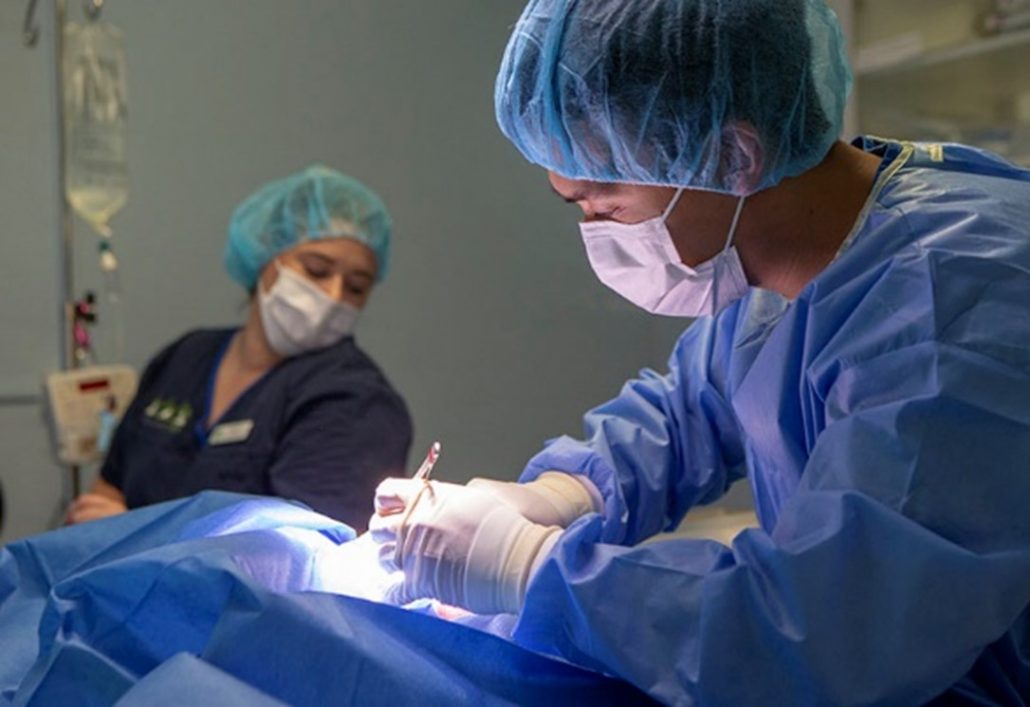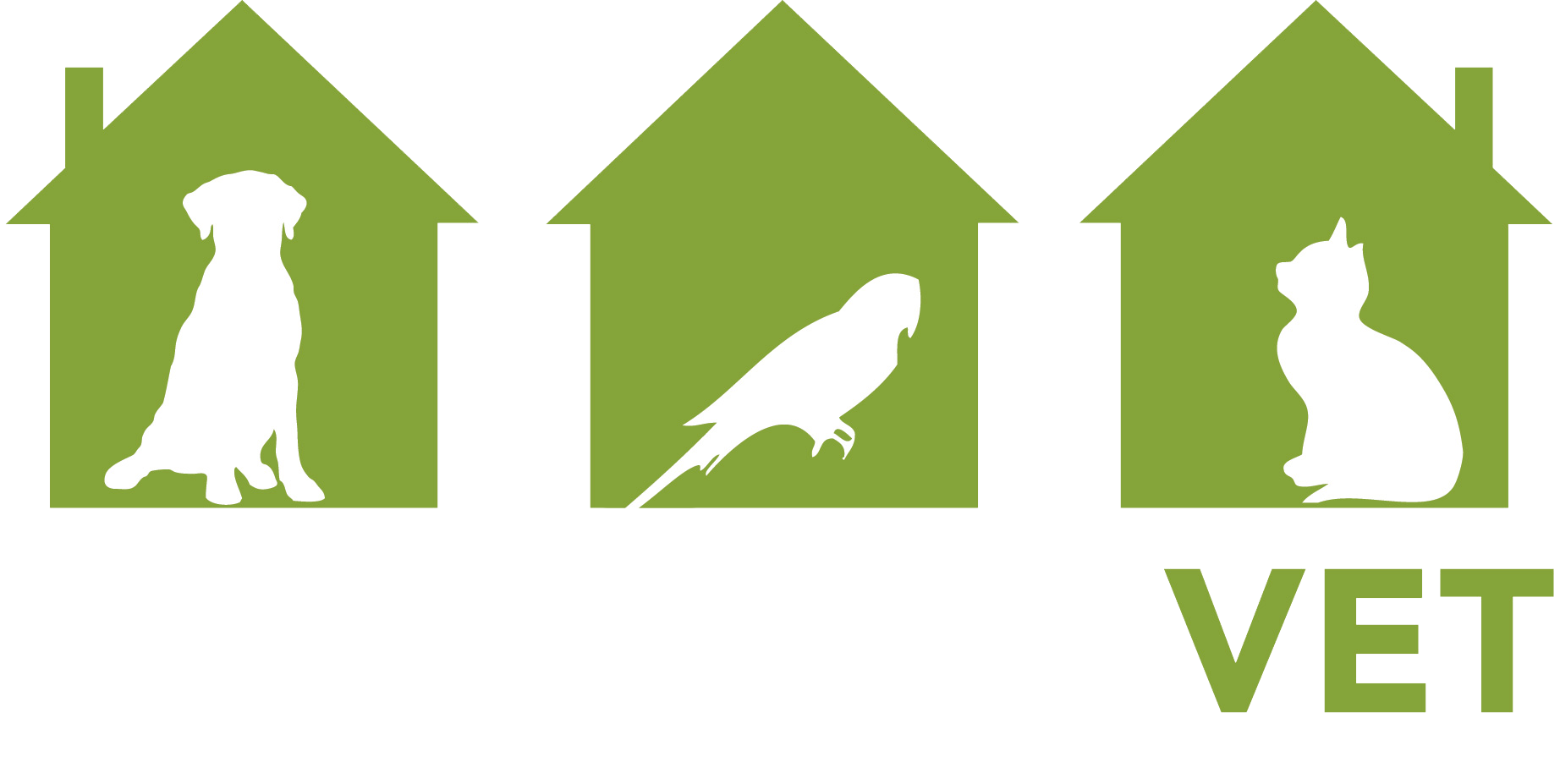Hip Dysplasia in Dogs: Symptoms and Treatment
What is Hip Dysplasia?
Hip dysplasia in dogs is a deformity of the hip joint that occurs during your dog’s growth period and results in an instable or loose fitting (joint laxity) hip joint. Many large dog breed owners are very aware of it, but the fact is that every dog owner should familiarise themselves with this condition.
Simply put, the ball of the femur cannot fit properly into the hip socket. It is possible than an affected dog may show absolutely no signs of this condition, whilst others may show severe symptoms.

Hip Dysplasia in Dogs: Symptoms and Treatment
What Causes Hip Dysplasia in Dogs?
There are a number of factors that contribute to the development of this problem. Some breeds are more susceptible to genetically inherit hip dysplasia.
Large Breed Dogs That Are Susceptible Include:
- German Shepard
- Labrador Retrievers
- Golden Retrievers
- Rottweilers
- St. Bernards
- Old English Sheepdogs


Hip Dysplasia in Dogs: Symptoms and Treatment
Environmental Factors That Cause Hip Dysplasia
Hip dysplasia in dogs is a complex disorder where a number of factors play a major role in the development of this condition. Much attention is placed on environmental factors including excessive nutrient intake and exercise. Recent studies have shown that these environmental factors have an influence on the development of hip dysplasia in dogs, particularly during the period from birth to three months of age.
Environmental factors can also play a large role in the development of dysplasia including:
- Diet
- Weight Gain
- Exercise
Hip Dysplasia in Dogs: Symptoms and Treatment
What Are The Symptoms of Hip Dysplasia in Dogs?
Hip dysplasia can develop in young growing dogs, and symptoms could be noticed as early as 4 – 6 weeks of age!
However, there is no link between age and severity of hip dysplasia in dogs, this means that even a young puppy can be debilitated very early. In other cases dogs won’t show any signs or abnormalities until 1 – 2 years of age and in some cases dogs may not experience any pain or become lame until they are 6-10 years of age depending on the breed.
Here are some signs you should look out for:
- Hind leg lameness
- Lack of coordination in the hind quarters (swaying or staggering)
- Reluctance to run or jump
- Difficulty when trying to lie down or stand up
- Abnormal gait

Hip Dysplasia in Dogs: Symptoms and Treatment
Diagnosing Hip Dysplasia in Dogs
We will perform a physical examination diagnosing the motion of your dog’s hip joint. X-rays may be required to confirm the condition and highlight any presence of associated arthritis.
Hip Dysplasia in Dogs: Symptoms and Treatment
Treatments
There are several medical and surgical options available today to assist in restoring your pet’s mobility while also easing any pain or discomfort. The treatment depends on a number of factors including the age of your pet and the severity of the condition. Young dogs or old, no pooch is immune to hip dysplasia.
Surgery is usually the last option and is only recommended when other methods of treatment are not effective or when athletic performance is desired in young patients or to slow the progression of degenerative joint disease to enhance the probability of good long term limb function.

Hip Dysplasia in Dogs: Symptoms and Treatment
Non-Surgical Treatment
Non-surgical treatment is essentially the same treatment we would prescribe for arthritis including:
- Weight management program – which will include nutritional supplements
- Medications to help support & repair cartilage
- Medications to relieve pain & reduce inflammation
Hip Dysplasia in Dogs: Symptoms and Treatment
Surgical Treatment
The hip joint is basically a ball and socket joint. FHO is the removal of the ball part of the joint. This provides excellent results in small dogs because a functional “false joint” forms.
Some large dog breeds might not form this “false joint”, however, we do recommend this for patients with severe arthritis, if the hip dislocates, or if the expense of the other procedures is excessive.
Triple pelvic osteotomy is a procedure where the pelvis is cut in three places around the hip joint. The bone is then rotated to create better alignment with the femoral head (the ball). It is then reattached so that the joint will function in a more normal fashion without looseness or pain. We recommend that this is only performed in a dog without arthritic changes in the joint and is an option for younger patients only.
Total Hip Replacement is possible, just as is done in humans.
The hip joint is replaced with an artificial ball and socket usually made from plastic and stainless steel attached by a veterinary surgeon to the pelvis and femur in place of the abnormal joint. This procedure could give your dog many years of pain-free use of the hips, however, it’s largely only an option for patients who haven’t responded to previous forms of treatment, and is an extremely specialised procedure.


Hip Dysplasia in Dogs: Symptoms and Treatment
If you are concerned that your dog is showing signs of Hip Dysplasia or is experiencing pain, please give us a call on 1300 838 868
Our vets can come out for a House Call visit or we have clinics in Sunnybank and Kenmore.
We believe passionately in providing exceptional veterinary care and building lasting relationships with our patients and their owners.
We consult from 7am to midnight 7 days a week so that we can always be there for you and your pet, no matter what level of care they need.
BOOK An Appointment Today

